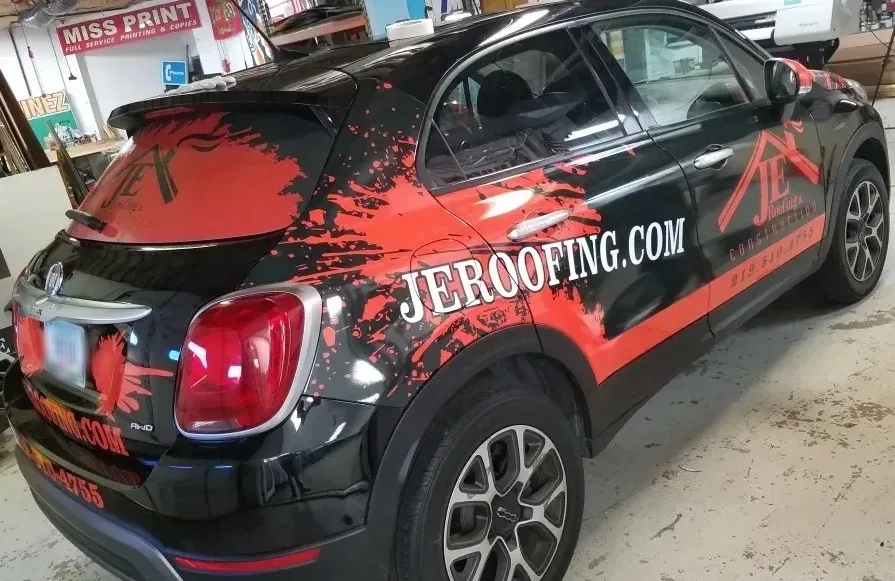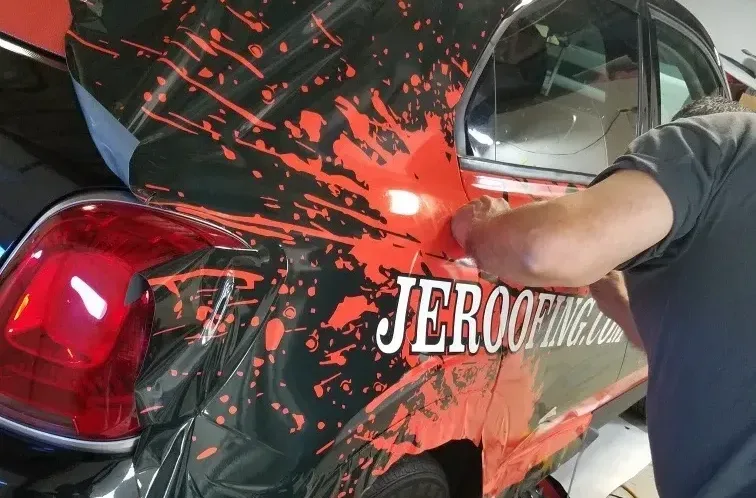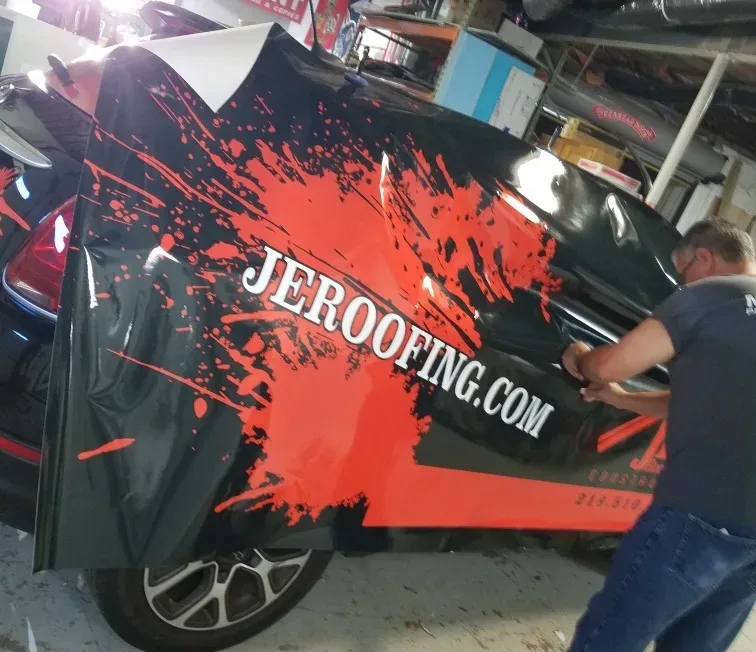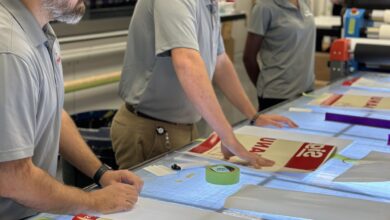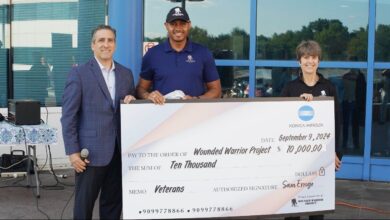Printing vehicle wraps requires careful attention to detail and adherence to best practices in order to achieve high-quality results. The media, laminates used, as well as the installer’s time, are expensive. Therefore, minimizing waste and the need to reprint panels is extremely important. Standard best practices include incorporating bleed and safety margins, using cast for full wraps, or calendared for partial wraps. However, beyond these practices, there are considerations around print technology, print settings, and quality control steps used.
The type of print technology used can simplify the installation and streamline production. Print technology that uses heat to cure can cause issues with media expanding and not contracting properly, leading to problems with panel dimensions. Incorporating bleed and safety margins can mask these issues, but addressing the root cause can eliminate the problem altogether.
Additionally, some print technologies require 6-24 hours of off-gassing before lamination, significantly impacting a business’s ability to complete jobs quickly or reprint damaged or misprinted panels promptly while the installer waits to finish the job. Turning around a reprinted panel in less than an hour, compared to 6-24 hours, can be the difference between rescheduling the installation or finishing the job on schedule.
When creating fleet graphics, it is crucial to use consistent print equipment. Inconsistent print equipment can require constant calibration, leading to delays and potential rescheduling of installs. Even worse, if a panel is damaged, inconsistent color can lead to reprinted panels that don’t match on site leading to more reprints and more delays. It is best to print small color checker charts that can be read with a simple handheld spectrophotometer to identify issues before the panel reaches the installation site.
The printing and laminating of wraps are typically less costly and time-consuming than the installation process. Printing may take a fraction of the time it takes to install the wraps. Therefore, it is recommended to use higher-quality print settings and perform color checks before printing the job and on each panel. These steps may add some extra time to the printing process, but it pales in comparison to the time that can be wasted during installation if the panels are incorrect or the print quality is subpar.
By following these best practices, you can produce outstanding vehicle wraps that not only showcase your creativity but also withstand the rigors of everyday use. Taking the time to perfect each step of the printing process will result in satisfied clients and a strong reputation for your vehicle wrap business.

